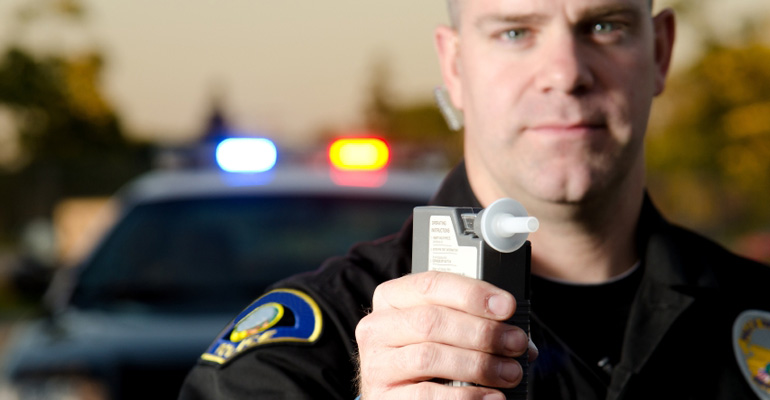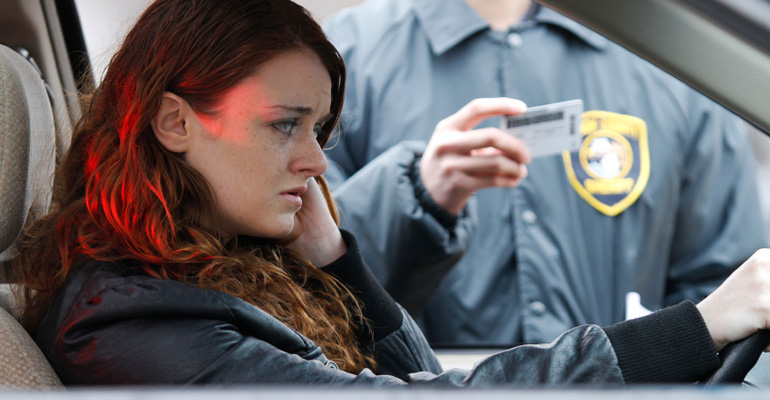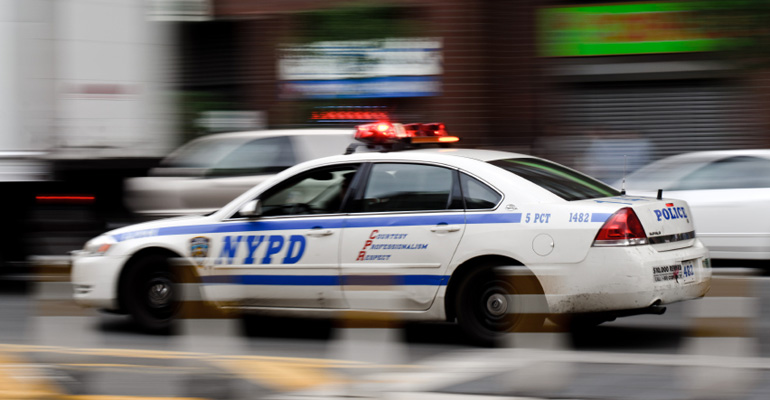Variances in the duration and volume of the breath sample may result in a false high or false low reading. The machine is calibrated to receive a breath sample that lasts over 10 seconds in delivery time, which usually translate to the delivery of approximately 2 liters of air. A longer breath sample may yield a much higher amount of alcohol being registered. Conversely, a shallow breath hyperventilating ,may result in mouth alcohol being blown, again giving a false high reading.
Even breath temperature may affect results. The machines are calibrated to record breath blown at a temperature of 34 C., just a few degrees below normal body temperature. Even a slightly higher temperature can give a falsely higher reading. Such can occur from fever, sitting in the back of a hot squad car, exertion from dancing at a club, sitting in a hot tub and so on.
Due to various physical conditions such as chronic lung problems (emphysema, asthma, bronchitis or chronic obstructive pulmonary syndrome) or dental problems, many persons are not suitable candidates for breath alcohol testing, yet these same individuals are given breath alcohol tests day in and day out, with little regard for the physiological differences among individuals being tested by one, generic machine.



